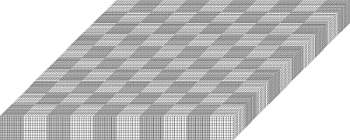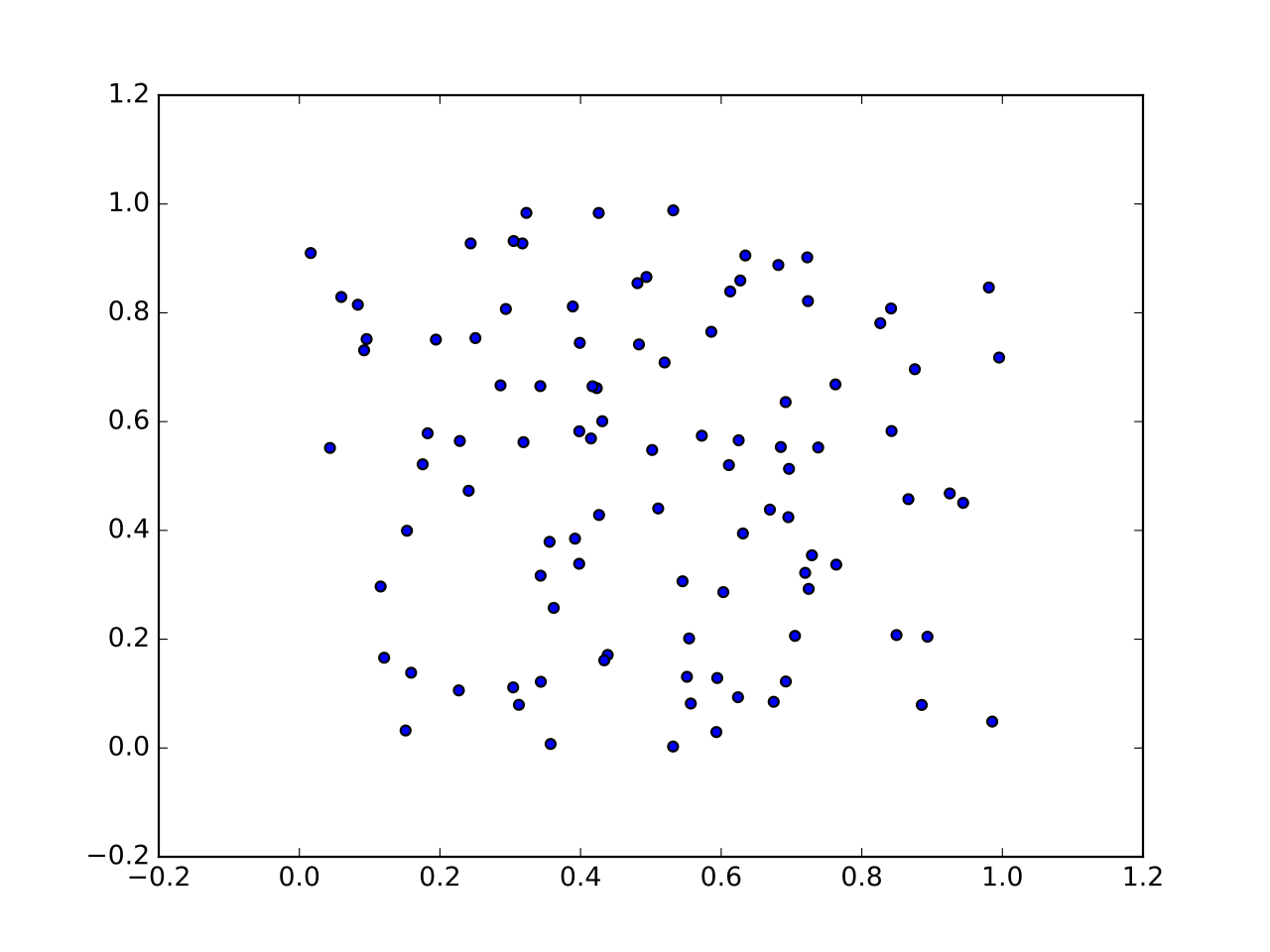System of Equations: Substitution Method Calculator
Instructions: Use this calculator to solve a system of two linear equations using the substitution method, showing all the steps. Please type two valid linear equations in the boxes provided below:
More about the substitution method to solve linear systems
There are different approaches to solve systems of equations. In the case of a 2 by 2 linear systems, there are approaches like the graphing method which are useful because they give you a graphical representation of the equations as lines and the solution of the system as the points of intersection.
But the problem with the graphical method is that it does not always give you the exact solution, you get mostly all the times an approximated solution.
The substitution method is a methodology to solve systems of equations that will find the solutions analytically, and it will find the exact solution.
How to use this Substitution calculator with steps
- There are two boxes for you to write equations
- Make sure to write linear equations with two variables
- If you have more than two variables or two equations, use this general system of equations calculator
How do you solve system of equations by substitution?
The approach is very simple:
1) Choose one of the two equations, for which it is easy to solve for any \(x\) or \(y\), and solve for that variable, in terms of the other variable.
Often times equations are given as for example "\(x = 2y + 3\)" where it is already solved for \(x\) or for example "\(y = 2x + 3\)" where it is already solved for \(y\)
2) Now that you have solved for one variable in one of the equation, use that variable you solve for, and plug it in the other equation.
3) This equation will be in terms of the other variable (not the one you original solved for), and then you will solve for it, and you will get a numeric result.
4) With the numeric result found for the other variable, come back you the original variable you solve for, and plug in the value you just solved numerically

How do you do substitution on a calculator?
Lots of people as about how do you solve a system of equations on a calculator, but it happens that all systems work differently. With this calculator, all you have to do is to type your system by specifying two linear equations.
These equations could be simplified or not, but as long as the equations are valid linear equations, it will work fine.
One you have typed the two equations, our calculator will try to select the best variable to do the substitution, and the plug that substitution back into the other equation.
What is meant by substitution method?
The name suggests directly the procedure followed: you need to find one substitution, which is obtained by using one of the equations to solve one variable in terms of the other one. That is the substitution.
And then, you take the substitution and plug it into the other equation. That is why it is called the substitution method. I could have been named the "plugging back" method, but that did not stick....

Example: Solving a system using the substitution method
Question: Consider the following system of equation.
\[\begin{matrix} \displaystyle 3x+2y & = & 3\\\\\displaystyle x-2y & = & 2 \end{matrix} \]Find its solution using the substitution method.
Solution:
Step 1: Find a substitution
We use the second equation to solve for \(x\), to find a substitution:
Putting \(x\) on the left hand side and \(y\) and the constant on the right hand side we get
\[\displaystyle x = 2y +2\] Step 2: Plug the substitution in the other equationNow, we need to plug the substitution \(\displaystyle x=2y+2\) found from the second equation, into the first equation \(\displaystyle 3x+2y=3\), so we find that:
\[\displaystyle 3x+2y=3\] \[\Rightarrow \displaystyle 3\cdot \left(2y+2\right)+2y=3\] \[\Rightarrow \displaystyle 6y+6+2y=3\] Step 3: Solve the substituted equationGrouping the common terms, we get:
\[\displaystyle \left(6+2\right)y+6=3\]and simplifying those terms leads to
\[\displaystyle 8y+6=3\]Putting \(y\) on the left hand side and the constants on the right hand side we get
\[\displaystyle 8 y = 3 - 6\] \[\Rightarrow \displaystyle 8y = -3\]Then, solving for \(y\), by dividing both sides of the equation by \(8\), the following is obtained
\[\displaystyle y=-\frac{3}{8}\] Step 4: Plugging back to find the other variableNow plugging this back into the other equation:
\[\displaystyle x=2y+2\] \[\Rightarrow \displaystyle x=2\cdot \left(-\frac{3}{8}\right)+2\] \[\Rightarrow \displaystyle x=\frac{5}{4}\] Step 5: Check the solutions found plugging back into the original equationsWe will verify whether or not the solutions found actually satisfy the equations.
We plug \(\displaystyle x = \frac{5}{4}\) and \(\displaystyle y = -\frac{3}{8}\) into the provided equations and we get\[\begin{matrix} \displaystyle 3\cdot \left(\frac{5}{4}\right)+2\cdot \left(-\frac{3}{8}\right) & = & 3\\\\\displaystyle \left(\frac{5}{4}\right)-2\cdot \left(-\frac{3}{8}\right) & = & 2 \end{matrix} \]which confirms that the solutions found are actual solutions of the system of equations.
Conclusion
Therefore, based on the analysis conducted with the substitution method, there is a unique solution, which is \(x^* = \displaystyle \frac{5}{4}\), \(y^* = \displaystyle -\frac{3}{8}\).



